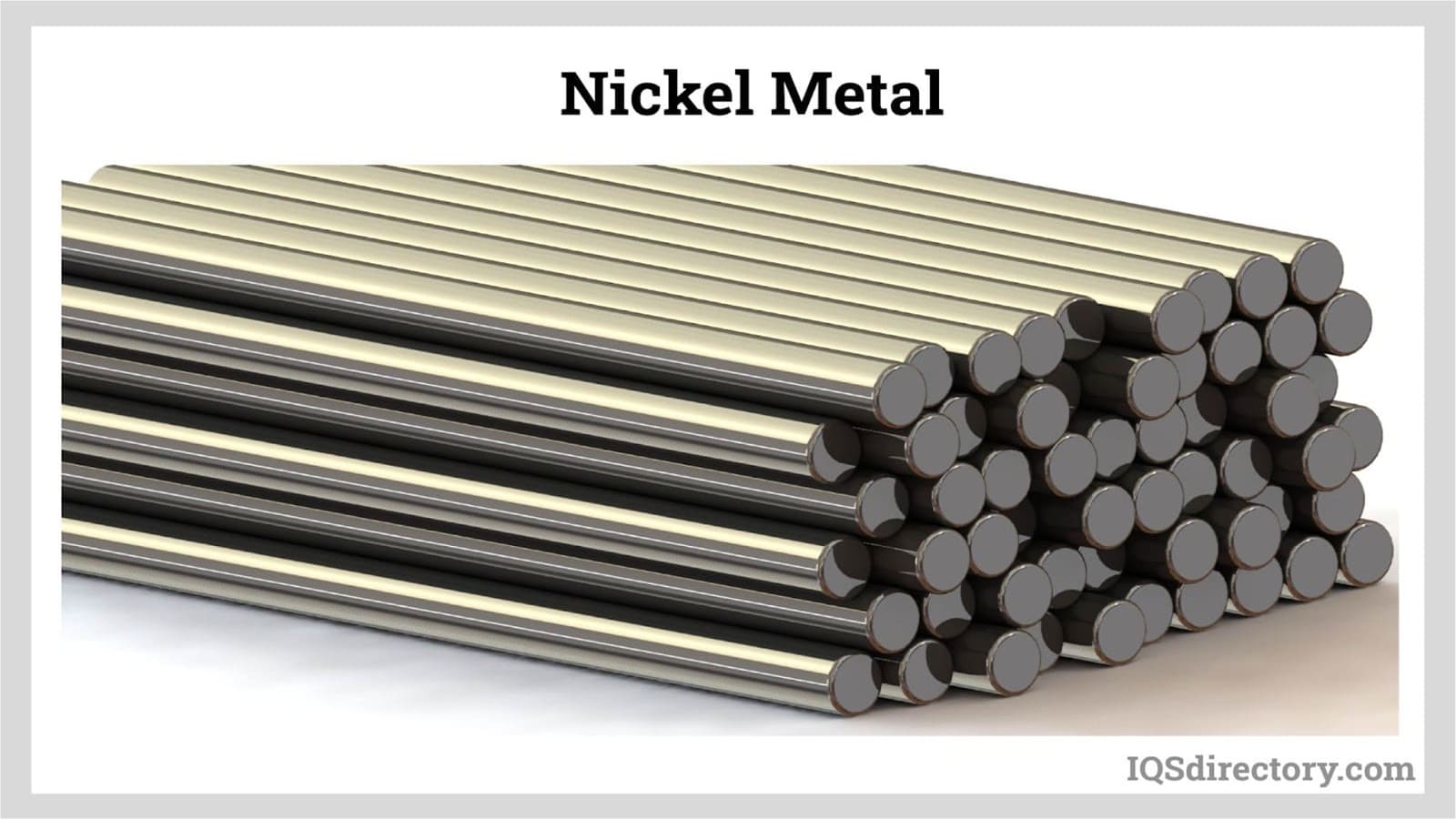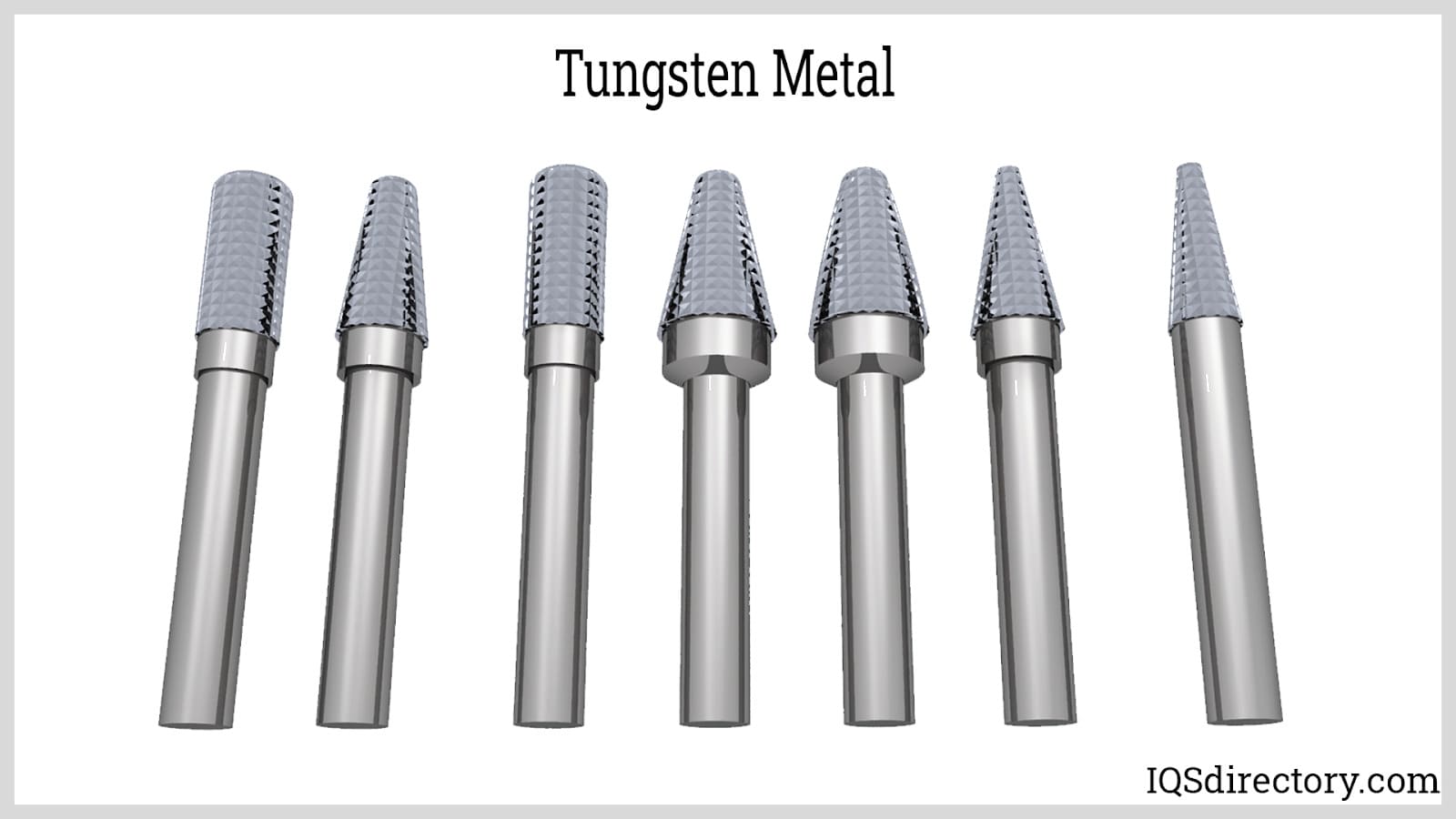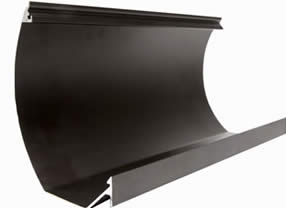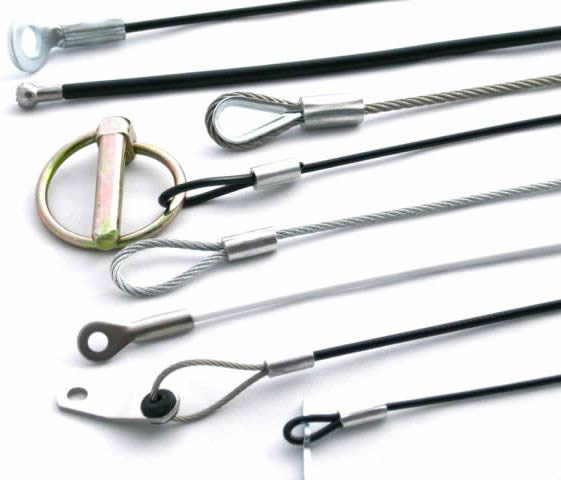Metal Hot Working Process
What is Hot Working Metal?
Hot working refers to processes where metals are plastically deformed above their recrystallization temperature. Being above the recrystallization temperature allows the material to recrystallize during deformation. This is important because recrystallization keeps the materials from strain hardening, which ultimately keeps the yield strength and hardness low and ductility high.
The shaping of metal at temperatures close to the metal’s molten state. Steel is typically hot worked at temperatures approximately 1300°F (700°C). The shaping of metal at temperatures close to the metal’s molten state. The most important aspect of any hot working process is controlling the temperature of the workpiece. 90% of the energy imparted into the workpiece is converted into heat.
Therefore, if the deformation process is quick enough the temperature of the workpiece should rise, however, this does not usually happen in practice. Most of the heat is lost through the surface of the workpiece into the cooler tooling. This causes temperature gradients in the workpiece, usually due to non-uniform cross-sections where the thinner sections are cooler than the thicker sections. Ultimately, this can lead to cracking in the cooler, less ductile surfaces. One way to minimize the problem is to heat the tooling.
The process of producing cup shaped jobs from sheet metal is hot drawing. The hot sheet piece is pressed by punch into the die to form desired shape. Soft materials are used for drawing .
It is process in which the metal is subjected to forces above recrystallisation temperature to give it a desired shape. Above recrystallisation temperature, the metal becomes plastic and causes of growth grains. By hot working the grains broke up and forms small new crystals which is called refinement of grains.
The various methods of hot working are:
a) Hot rolling
b) Forging
c) Extrusion
d) Piercing
e) Drawing
f) Spinning
Advantages :
- Larger deformation can be accomplished and more rapidly by hot working since the metal is in plastic state.
- Porosity of the metal is considerably minimised.
- Concentrated impurities, if any in the metal are disintegrated and distributed throughout the metal.
- Grain structure of the metal is refined and physical properties improved.
Disadvantages :
- Due to high temperature a rapid oxidation or scale formation takes place on the metal surface, leading to poor surface finish and loss of metal.
- On account of the lost of carbon from the surface of the steel piece being worked the surface layer loses its strength, which is a disadvantage when the part is put to service.
- This weakening of the surface layer may give rise to a latigue crack which may ultimately result in fatigue failure of the part.
- Close tolerances cannot be maintained.
- It involves excessive expenditure on account of high cost of tooling. This, however, is compensated by the high production rate and better quality of products.
The engineering properties can also be improved by reorienting the inclusions (impurities). In the cast state the inclusions are randomly oriented, which, when intersecting the surface, can be a propagation point for cracks. When the material is hot worked the inclusions tend to flow with the contour of the surface, creating stringers. As a whole the strings create a flow structure, where the properties are anisotropic (different based on direction). With the stringers oriented parallel to the surface it strengthens the workpiece, especially with respect to fracturing. The stringers act as “crack-arrestors” because the crack will want to propagate through the stringer and not along it.






 Alloy Suppliers
Alloy Suppliers  Aluminum
Aluminum  Aluminum Extrusions
Aluminum Extrusions  Copper-Brass-Bronze
Copper-Brass-Bronze  Nickel
Nickel  Magnets
Magnets  Stainless Steel
Stainless Steel  Stainless Steel Tubing
Stainless Steel Tubing  Steel Service Centers
Steel Service Centers  Titanium
Titanium  Tungsten
Tungsten  Wire Rope
Wire Rope